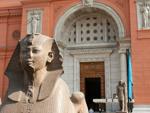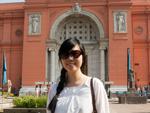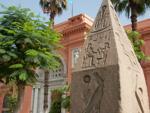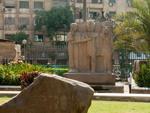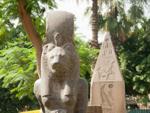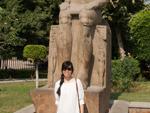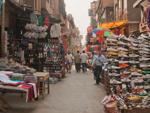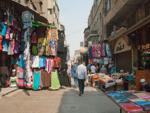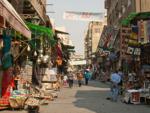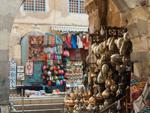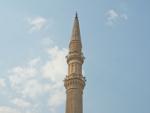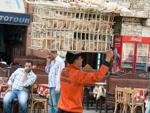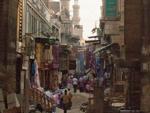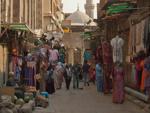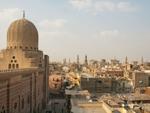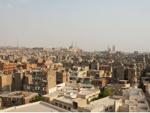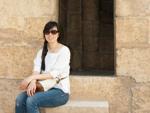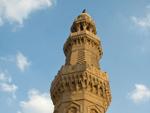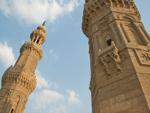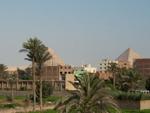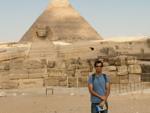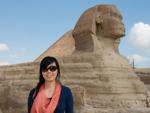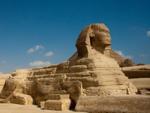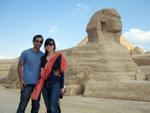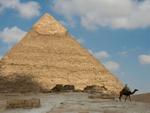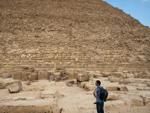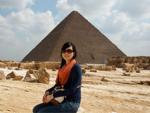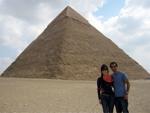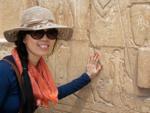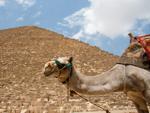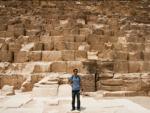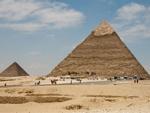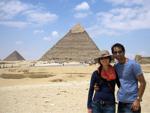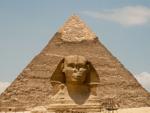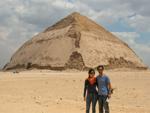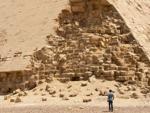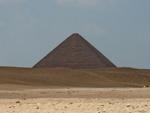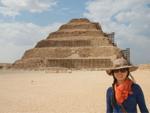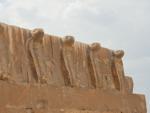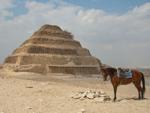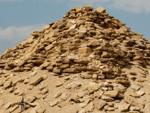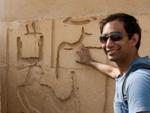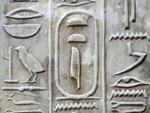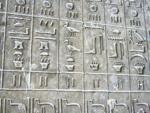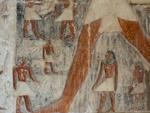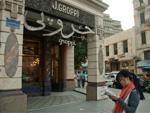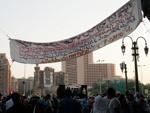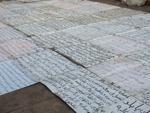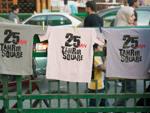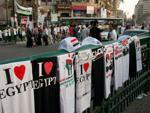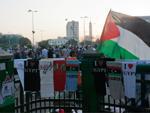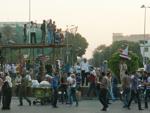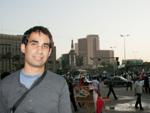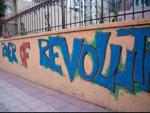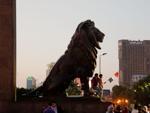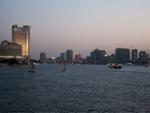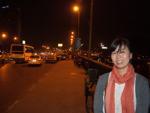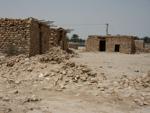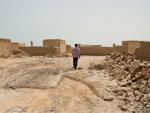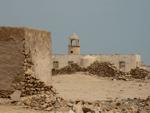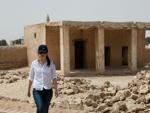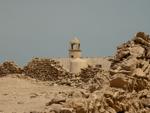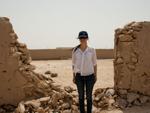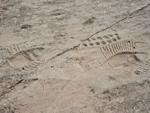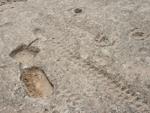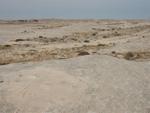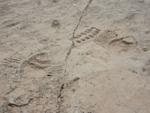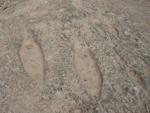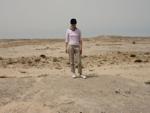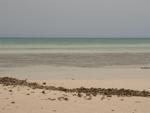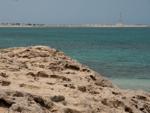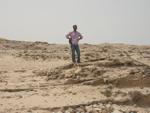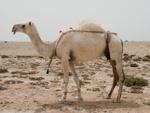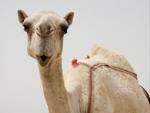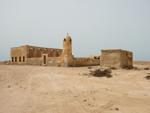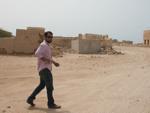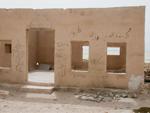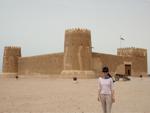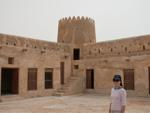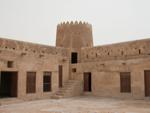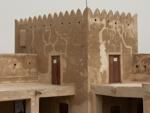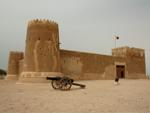We headed to the famous Egyptian museum, next to Tahrir’s Square, the following day. Whilst we had arrived early, there were already busloads of tourists waiting at the gates. We found out we would have to wait another half an hour till the museum opened so we took photos with relics outside. Unfortunately, the museum does not allow photographs inside.
When opening time arrived we decided to head first to the Tutankhamun galleries. It was on the first floor. There we saw the iconic Tutankhamun mask, and the various items and relics found in his tomb by the English archaeologist, Howard Carter. It was simply amazing, the jewellery, clothes, vases, and other items that were found in his tomb, many of which were in excellent condition.
Other highlights of the museum included:
– The royal mummies – particularly the Ramesses II mummy. Amazingly well preserved – some of them had their hair, teeth and skin intact. Slightly eerie.
– Animal mummies – the Ancient Egyptians believed the scarab (dung beetle) to be representative of the rising of the sun in the way they rolled their dung around. Here we saw a scarab sarcophagus! Plus plenty of animals that had been mummified including a crocodile, dog and baboon.
The museum is definitely a must-see. It was a bit overwhelming to have so many ancient artefacts sprawled around haphazardly, waiting to be observed. Most of the artefacts are not well described – so a guidebook or guide comes in handy.
thydzikgooglemap(http://sonyaandtravis.com/maps/egypt-2011-egyptian-museum.xml,s)
After the museum we decided to head to the Khan El-Khalili markets near Islamic Cairo. We walked there from the museum which was quite a distance however it gave us an opportunity to experience the full hustle and bustle of Cairo. The markets were quite impressive. There was everything from perfume, to paintings, spices, similar to what we’d seen around the region, with an Egyptian flair.
As we sat down for a rest and were approached by a taxi driver. We told him we weren’t looking for a driver he told us that he was wanted to buy Heineken beer for his niece’s wedding and asked if we could buy some for him. We politely refused and shortly after a lady next to me asked if we wanted assistance buying anything, that she would be happy to help as a local. Not sure how many requests or offers for help were genuine but we decided to err on the side of caution.
After the markets we headed towards Islamic Cairo (also being accosted several times along the way – one guy even followed us!), admiring the architecture. We went into the medieval gate Bab Zuweila and climbed the tower which allowed us a good view of Islamic Cairo.
thydzikgooglemap(http://sonyaandtravis.com/maps/egypt-2011-khan-el-khalili-islamic-cairo.xml)




































































































